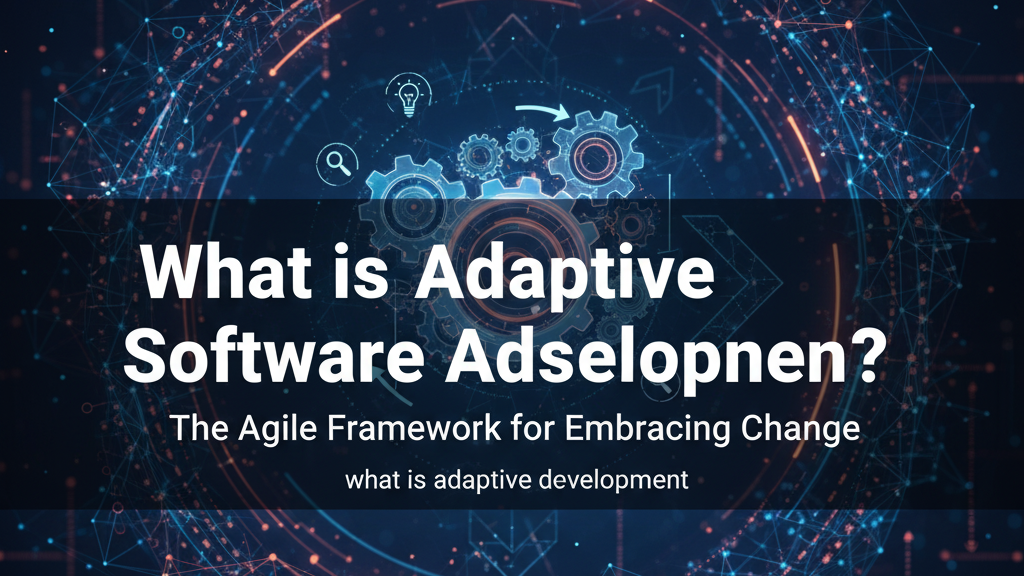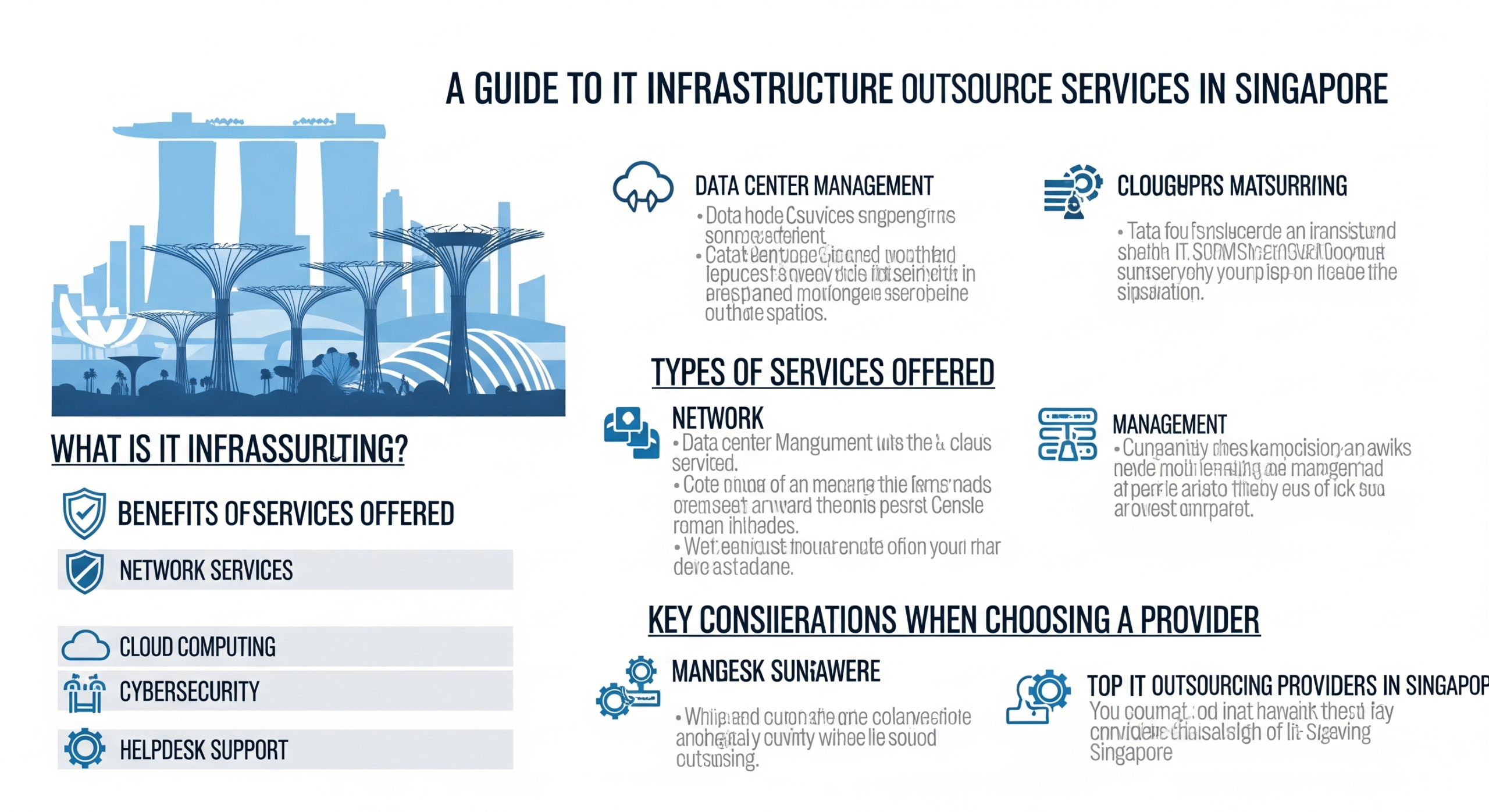In the fast-paced world of software creation, a rigid, step-by-step plan can be a project’s biggest liability. What happens when customer needs shift, a new competitor emerges, or a technical hurdle forces a complete rethink? Traditional methodologies often crumble under such pressure, leading to delayed releases, blown budgets, and products that are already outdated upon launch.
This exact challenge is what gave rise to Adaptive Software Development (ASD). But what is it, exactly? More than just a process, Adaptive Software Development is a leadership philosophy and an Agile framework designed to thrive in environments of high uncertainty and change. It replaces the traditional desire for stability with a focus on adaptation, collaboration, and continuous learning.
This guide breaks down the core concepts of ASD, its unique lifecycle, and how it helps teams turn uncertainty into their greatest advantage.
The Philosophy: Embracing Uncertainty
Developed by Jim Highsmith and Sam Bayer in the early 1990s, ASD evolved from Rapid Application Development (RAD). Its core philosophy is built on a simple but powerful idea: complex software projects cannot be fully planned at the outset. The path to success isn’t about faithfully executing a initial plan, but about continuously adapting that plan based on what you learn along the way.
ASD accepts that requirements will change. Instead of fighting this reality, it builds a framework to manage it, believing that the most competitive advantage comes from embracing change, not resisting it.
The Adaptive Lifecycle: Speculate, Collaborate, Learn
The most defining feature of ASD is its non-linear, iterative lifecycle. It replaces the traditional “Plan, Design, Build, Test” waterfall model with a continuous cycle of three phases:
1. Speculate
This phase replaces the traditional “Plan” to acknowledge the inherent uncertainty in complex projects. The team doesn’t create a fixed, detailed plan but instead speculates on the project’s mission and objectives.
- Goal: To define a direction, not a destination. The team outlines the key features to be developed and sets a timebox for the iteration (usually 2-4 weeks).
- Output: A loose project plan that acts as a starting point, fully expecting to be changed and adapted.
2. Collaborate
ASD recognizes that complex applications require diverse perspectives and that groundbreaking ideas rarely come from individuals working in isolation. This phase is about creating a synergistic environment where people work together effectively.
- Goal: To foster a culture of shared creativity and problem-solving. This involves intense communication not just within the development team, but also with managers, customers, and stakeholders.
- Activities: Joint Application Development (JAD) sessions, brainstorming, and constant communication to build a product that truly meets evolving needs.
3. Learn
This is the most critical and unique phase in the ASD lifecycle. At the end of each iteration, the team deliberately pauses to learn from the results.
- Goal: To gather technical and user feedback and use it to inform the next cycle. Learning happens on two levels:
- Technical Review: Did the components work as intended? Was the code quality high?
- User/Customer Feedback: Did the delivered features meet user needs? What has changed in the market or their requirements?
- Output: The insights from this phase are fed directly back into the next Speculate phase, creating a continuous, self-correcting loop of adaptation.
This “Speculate, Collaborate, Learn” cycle repeats throughout the project, each time producing a more refined and relevant version of the software.
Core Principles of ASD
This lifecycle is supported by several key principles:
- Continuous Adaptation: The project’s direction is continuously adjusted based on learning. Change is not just expected; it is welcomed.
- Mission-Focused: The project is guided by a clear mission statement, not a fixed list of requirements. This provides a “true north” for the team while allowing immense flexibility in how they get there.
- Feature-Based Iteration: Work is organized around delivering specific, customer-valued features in short, time-boxed iterations.
- Risk-Driven Management: The highest risks are tackled in the earliest iterations. This “fail fast” approach ensures that if a project is going to fail, it does so early and cheaply, before significant resources are wasted.
ASD vs. Scrum: What’s the Difference?
While both are iterative Agile methodologies, there are subtle differences:
- Formality: Scrum provides a more structured framework with defined roles (Scrum Master, Product Owner), artifacts (Product Backlog), and ceremonies (Daily Stand-up, Sprint Review). ASD is less prescriptive, focusing more on the overarching philosophy and leadership style.
- Focus: Scrum’s “Sprint Planning” is similar to “Speculate,” but ASD places a heavier formal emphasis on the “Learn” phase as a dedicated time for process and product improvement.
Benefits and Challenges of ASD
Benefits:
- Thrives on Change: Excels in projects where requirements are uncertain or volatile.
- Reduces Risk: Tackling big risks early minimizes the chance of catastrophic late-stage failure.
- Increases Customer Satisfaction: Continuous feedback ensures the final product is closely aligned with what the customer actually needs.
- Fosters Innovation: The collaborative environment encourages creative problem-solving.
Challenges:
- Requires Cultural Buy-in: Needs a team and client culture that is comfortable with ambiguity and trusts the adaptive process.
- Demands Customer Involvement: Requires committed, involved customers who are available for continuous collaboration and feedback.
- Can Feel Unstructured: Teams accustomed to rigid plans may initially struggle with the flexibility.
Conclusion
Adaptive Software Development is a powerful framework for navigating the complex and unpredictable nature of modern software projects. It is ideally suited for projects where innovation is key and requirements are expected to evolve.
By replacing a fixed plan with a continuous cycle of speculation, collaboration, and learning, ASD empowers teams to not just manage change, but to leverage it as their primary tool for building better software, faster.
If your team is facing a project filled with uncertainty, embracing the adaptive mindset might be the key to turning those unknowns into your greatest strength.
Frequently Asked Questions (FAQ)
Q: Is Adaptive Software Development an Agile methodology?
A: Yes, absolutely. ASD is considered a direct precursor to the modern Agile Manifesto and embodies all four of its core values. It is a specific type of Agile framework that emphasizes adaptation and learning.
Q: What is the main goal of the “Learn” phase?
A: The main goal is to close the feedback loop. It’s a formal period for the team to gather technical and user feedback and to use those insights to adapt the project’s direction in the next cycle. It ensures the team is always learning and improving.
Q: How does ASD handle project management?
A: ASD promotes a risk-driven approach to management. Managers act more as leaders and facilitators than taskmasters. Their focus is on removing obstacles, fostering collaboration, and ensuring the team is always working on the highest-risk, highest-value items first.
Q: Can ASD be used with other frameworks like Scrum?
A: Yes, many teams blend concepts. For example, a team might use the Scrum framework (with Sprints, Daily Stand-ups, and a Scrum Master) but adopt the ASD mindset of “Speculate, Collaborate, Learn” to guide their overall approach to each Sprint, placing a heavier emphasis on the retrospective (“Learn”).




